The paradigm of vocational education and training services in the Vantaa GSIP Project – The role of the Vantaa Vocational College Varia
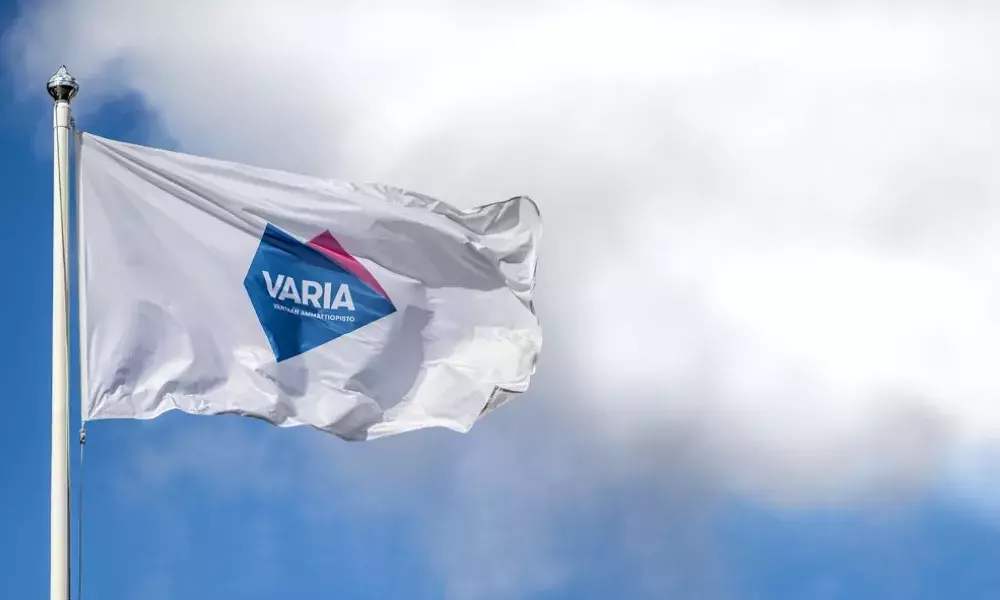
INTRODUCTION
Vocational Education and Training (VET) is a key instrument of active labour market policies across Europe. VET consists basically of practical courses through which one gains skills and experience directly linked to a career in future. It helps students to be skilled and in turn, offers better employment opportunities.
Finland has adopted a very successful National VET Strategy, which was reformed in 2018 to make VET more efficient and better match qualifications to labour market needs (Cedefop, Vocational education and training in Finland: short Description, Luxembourg: Publications Office, 2019, http://data.europa.eu/doi/10.2801/841614).
The purpose of VET is to increase and maintain the vocational skills of the population, develop commerce and industry, and respond to its competence needs. Promoting employment and self-employment are key elements of VET.
Initial (for young people) and continuing (for adults) VET are organized under the same legislation and apply common principles. Initial VET (vocational upper secondary) provides learners with the vocational skills they need for entry level jobs. It also supports learners’ growth into good and balanced individuals and members of society and provides them with the knowledge and skills needed in further studies and in the development of their personalities. A holder of a vocational upper secondary qualification has broad basic vocational skills for working in different tasks in the field as well as more specialized competence and the vocational skills required in work life in at least one section of the field.
Continuing VET (further and specialist) provides more comprehensive and specialized competences and often requires labour market experience. This is mainly undertaken by adult employees already having an initial VET qualification, though it is not a precondition for enrolment. A holder of a further vocational qualification has vocational skills that meet the needs of the labour market and that are more advanced or more specialized than in initial VET. A holder of a specialist vocational qualification has vocational skills that meet the needs of the labour market and that are highly advanced or multidisciplinary.
A key element of the current Finnish VET system is the strong involvement of local communities in the design and provision of services. The most common type of VET providers are vocational institutions, owned by municipalities, industry and the service sector; they provide education and training to more than 75% of initial VET learners. Specialized (usually owned by one private company or association, such as a car manufacturer) and special needs (usually owned by municipalities and associations) vocational institutions, fire, police and security service institutions (national), and folk high schools, sports institutions, music schools and colleges (local) account for less than 10% of learners in initial VET. Vocational adult education centres (public and regional) provide mostly further and specialist VET.
The City of Vantaa (acting as the Main Urban Authority of the UIA funded Growth and Social Investments Pacts ‘GSIP’ Project) has established one of the leading local community VET providers in Finland, the Vantaa Vocational College Varia located within the Helsinki metropolitan area. Varia is a municipal agency that offers vocational training services in various fields for both young people and adults.
It is therefore obvious why the City of Vantaa decided to include Varia as an internal partner in the GSIP Project, one of the main instruments to promote an innovative local jobs and skills agenda by increasing capacity and skills of the workforce, providing favourable preconditions for business development and creation of jobs, based on distinctive local specificities. After more than two years of the GSIP Project implementation, it is now time to discuss the role of the Vantaa Vocational College Varia and highlight its strong contribution through the design and provision of tailor- made VET programs for working age adults.
1. A brief snapshot of the GSIP Project
The GSIP Project reflects the City of Vantaa key policy decision:
- to promote growth and competitiveness of local companies;
- to improve level of education of workforce and offer better training possibilities for low-skilled employees, employees with outdated skills and unemployed persons
through the design and implementation of a new, innovative and exceptional service and incentive model (Growth and Social Investments Pacts - GSIPs).
GSIPs are defined as a new instrument for municipalities to reach the maximum impact on public investments, subsidies and services (including training and vocational education) offered to local companies. GSIPs gather information and expertise about jobs and skills from different national, regional and local institutions and support interested local companies to take in a productive way advantage of them. To increase interest, companies’ employees are offered short free training programmes (partly in class), which deal with different topics on future employment demands (the content is based on previous surveys and interviews).
The GSIPs are tailored for Vantaa based companies employing 10-200 people, particularly companies involved in human intensive and routinely operated industrial sectors and IT-companies which have workforce of outdated skills caused by rapid changes in technologies and future business. They focus on three interrelated policy priorities:
- Recruitment of unemployed persons with low skills and education – The GSIP 1 model
- Training of existing staff – The GSIP 2 model
- Use of digitalization processes in the business routine – The GSIP 3 model.
2. The Finnish Vocational Education and Training System
Vocational Education and Training (VET) is designed both for young people without upper secondary qualifications and for adults already in work life (https://minedu.fi/en/vocational-education-and-training). VET provides students with strong vocational competence; vocational qualifications can be completed in school-based VET or as competence-based qualifications. VET is organized mainly in institutions (on-the-job learning included) or as apprenticeship training.
The Ministry of Education and Culture prepares VET legislation and supervises the sector. It also grants the education providers’ permits to provide VET.
National and local government are responsible for financing VET as part of the state budget. VET services offered at workplaces are also public funded.
Apart from learning materials, VET is free of charge to students. Students are entitled to a free meal and school transport subsidies. For further and specialist qualifications, students may be charged a reasonable fee. Full-time students can apply for student financial aid and loans.
VET services in Finland can either lead to a qualification or be in the form of further education or continuing education needed in different career stages. The qualifications structure in VET has three levels: vocational upper secondary qualification, further vocational qualification, specialist vocational qualification. There are up to 160 vocational qualifications: 43 vocational upper secondary qualifications, 65 further vocational qualifications and 56 specialist vocational qualifications.
There are different application channels for young people and adults. A young person who is finishing basic education or general upper secondary education mainly applies through the joint application held in the spring. Adults who do not hold a vocational qualification may also apply through the joint application to vocational education.
Study programmes included in the joint application are only offered in Finnish or Swedish.
There is also preparatory education for vocational training available for immigrants. The preparatory programmes take approximately one year to complete.
For those who already have a qualification, or have gained skills and know-how through work, vocational education is mainly arranged as competence-based qualifications. In addition to basic degrees, there are also vocational qualifications and specialist vocational qualifications available for adults. A person who wishes to complete a competence-based qualification is usually required to have a job where the professional skills required for the qualification can be proven.
Vocational education in Finland is in reform. Starting from 1.1.2018, vocational education has 10 fields of education, which include three types of qualifications: basic vocational degrees, vocational qualifications and specialist vocational qualifications (https://studyinfo.fi/wp2/en/vocational-education-and-training/fields-of-vocational-education-and-training/).
The current fields of education include:
Agriculture and Forestry (Equine industry, Agriculture, Forestry, Horticulture)
Business, Administration and Law (business, entrepreneurship, leadership)
Education (specialist vocational qualification: driving instructor training)
Health and Welfare (Social and Health Services, Welfare, Education and Guidance)
Humanities and Arts (handicrafts, music, circus, dance, theater)
Information and Communication Technologies (ICTs)
Natural Sciences (Nature and Environment)
Personal Services (Hair and Beauty Services, Domestic Services, Hospitality and Catering, Tourism, Sports, Cleaning Services)
Transport Services (Transport, Logistics, Maritime)
Social Sciences (vocational qualification: library and information services)
Architecture and Construction (Construction, Building Technology, Land Survey)
Industrial Supervision, Technical Planning and Product Development
Mechanical, Process, Energy and Electrical Engineering (Vehicles, Mechanical and Industrial Engineering, Electrical Engineering)
Process, Chemical and Materials Engineering (Food Sciences, Material Technology, Textiles and Clothing Technology).
3. The participation of vocational training organizations in the GSIP Project
The GSIP Project Partnership includes the City of Vantaa (acting as the Main Urban Authority) and representatives of the following sectors:
- the academia (the Metropolia University of Applied Sciences and the Laurea University of Applied Sciences);
- the social partners (the Labour Institute for Economic Research, the Research Institute of the Finnish Economy “ETLA” and the Helsinki Region Chamber of Commerce);
- the market (ISS Services Ltd, Infocare Ltd, Solteq Plc., Finnair Cargo Ltd);
- the local government (Vantti Ltd).
At the level of the City of Vantaa, one of the key Project partners is the Vantaa Vocational College Varia (https://www.sivistysvantaa.fi/en/varia.html), located within the Helsinki metropolitan area. Varia is a municipal agency that offers vocational training services in various fields for both young people and adults. It has about 6.000 students per year in various fields and more than 300 employees with strong skills and high expertise in vocational training and labour market policies.
Varia organizes vocational upper secondary education at four different locations close to the railway stations in Vantaa. The College buildings are located in Aviapolis, Hiekkaharju, Koivukylä, and Myyrmäki.
The co-operation with companies, apprenticeship learning, and other business life connections are performed in the Business Development Center Leija, located in the central Vantaa area of Veromäki.
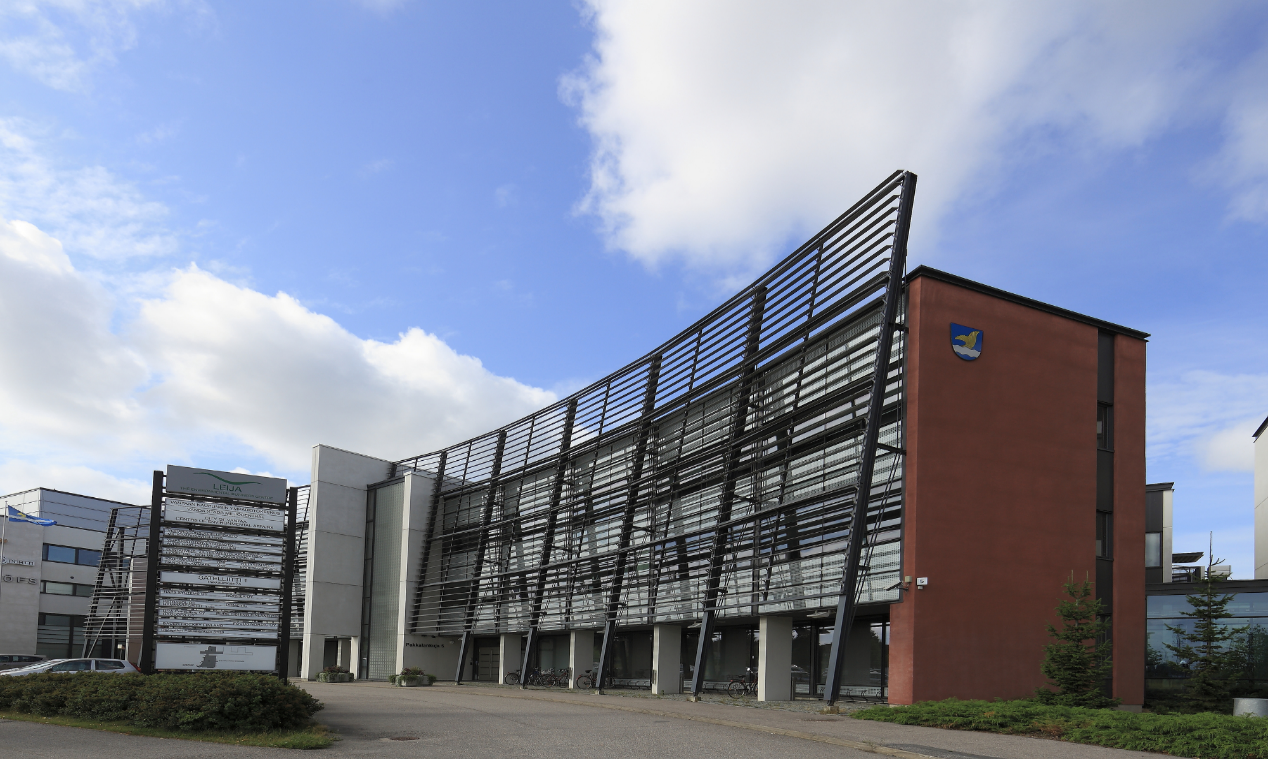
Picture 1: The Vantaa Business Development Center Leija
Students have a chance to graduate with one of more than 20 different vocational upper secondary qualifications or further and specialist qualifications. Varia provides vocational upper secondary qualifications in Hairdressing, in Social and Health Care, in Aircraft Maintenance, in Building Maintenance, in Construction, in Electrical Engineering and Automation, in Food Production, in Information and Telecommunications Technology, in Logistics, in Metalwork and Machinery, in Property Maintenance Service, in Safety and Security, in Surface Treatment Technology, in Vehicle Technology, in Hotel, Restaurant and Catering Services, in Tourism Industry, in Visual Expression and in Crafts and Design. It also offers tailor-made educational services to businesses and communities.
At Varia, students can also complete any vocational upper secondary qualification as an apprenticeship. Varia works closely with employers in the Helsinki metropolitan area, and has almost 2,000 partner companies.
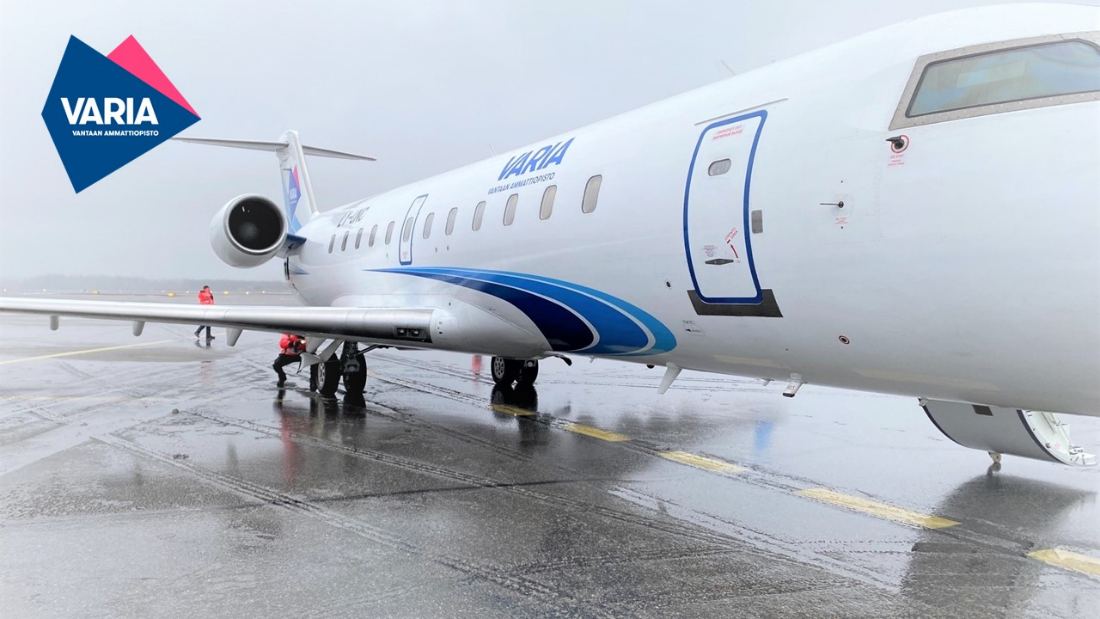
Picture 2: Varia’s strong partnership with the aviation sector
All basic diplomas offered by Varia include at least 30 ECVET credits on-the-job-learning. Students also work on assignments for customers all the time; in this context, future employers can influence on educational content and may transfer know-how according to their business requirements during the on-the-job learning period. According to available studies by the Department of Education, graduates from Varia have better employment opportunities compared to those from other vocational institutes in the area.
Varia students will graduate with a vocational upper secondary qualification according to their own progress plan. Students with a comprehensive school education background graduate, on average, in three years and students with a matriculation examination background graduate in two years. Following basic studies in their own field, students choose their study path according to their interests. Varia has developed exchange programs with educational institutions and businesses in both Europe and the rest of the world (particularly from Germany, France, Estonia, Latvia, the Netherlands, Spain, Portugal, Ireland, South Korea and China).
4. The role of the Vantaa Vocational College Varia in the GSIP Project
The role of the Vantaa Vocational College Varia in the design and implementation of the GSIP Project was elaborated through online discussions during March - April 2021 with the Project Management Team and Mrs. Tarja Tomperi, representative of the Varia College. Tarja Tomperi is Customer Relationship Manager in Varia, with high expertise in the sector of labour market services. She works as a Project Specialist in the GSIP Project and has been planning and piloting vocational competence development services.
Tarja confirmed the very strong impact of vocational training services on the fulfilment of the Project objectives, and highlighted the approval and attractiveness of relevant training programs by both participating companies and their employees.
DISCUSSION POINT No. 1: Why has Varia decided to join as a Partner of the Vantaa GSIP Project?
RESPONSE:
A key challenge for the City of Vantaa is the high number of low-skill workplaces and workforce of low education. There are 32% people in labour market in Vantaa without education after comprehensive school. This is 7,6%-points higher than in the other 5 biggest cities in Finland. In local public economy, low-educated employees are at risk of unemployment eventually - even if they are presently at work. The rate of low-skilled workplaces in Vantaa is also high: there are 16,5% of all workplaces this kind, which is, 4,8%-points higher among the reference cities.
For this reason, Varia, being part of the City of Vantaa organization in the field of education and learning services, joined the GSIP Project. Varia's core mission is to serve Vantaa-based companies and their employees in development of vocational skills. Vocational training and education (VET) is particularly well-suited to working age adults to support their continuous competence development. Subsequently, a service model that helps guide working-age adults to vocational education and apprenticeship paths was seen a crucial intervention in the Project. Varia strongly believed that the Project with its comprehensive network of partners, could offer valuable opportunities to develop education opportunities for working age adults that goes beyond traditional education levels. Varia's long-term business partners also joined the Project including Finnair Cargo, ISS services and Vantti.
DISCUSSION POINT No. 2: Which tasks has Varia agreed to undertake?
RESPONSE:
Varia has been involved in the Project from its inception phase on as one of the co-creators to provide expertise on vocational skills development. Varia has supported the design and piloting of services to inspire and motivate companies and their employees to develop skills through vocational qualifications and apprenticeships. In this context, Varia's experts have supported companies to identify skills development needs, provided information on various vocational education and apprenticeship options, and helped find suitable solutions for employee competence development.
DISCUSSION POINT No. 3: What activities in relation to the Project Working Packages has Varia completed during the period November 2018 - December 2020?
RESPONSE:
Varia´s responsibility was to create and pilot services, which included general information on vocational education and skills development services for SME`s employees. Services were provided in the form of initial discussions with SME representatives, information sessions and individual discussions for employees.
Graph 1: The development plan of vocational skills development and guidance services
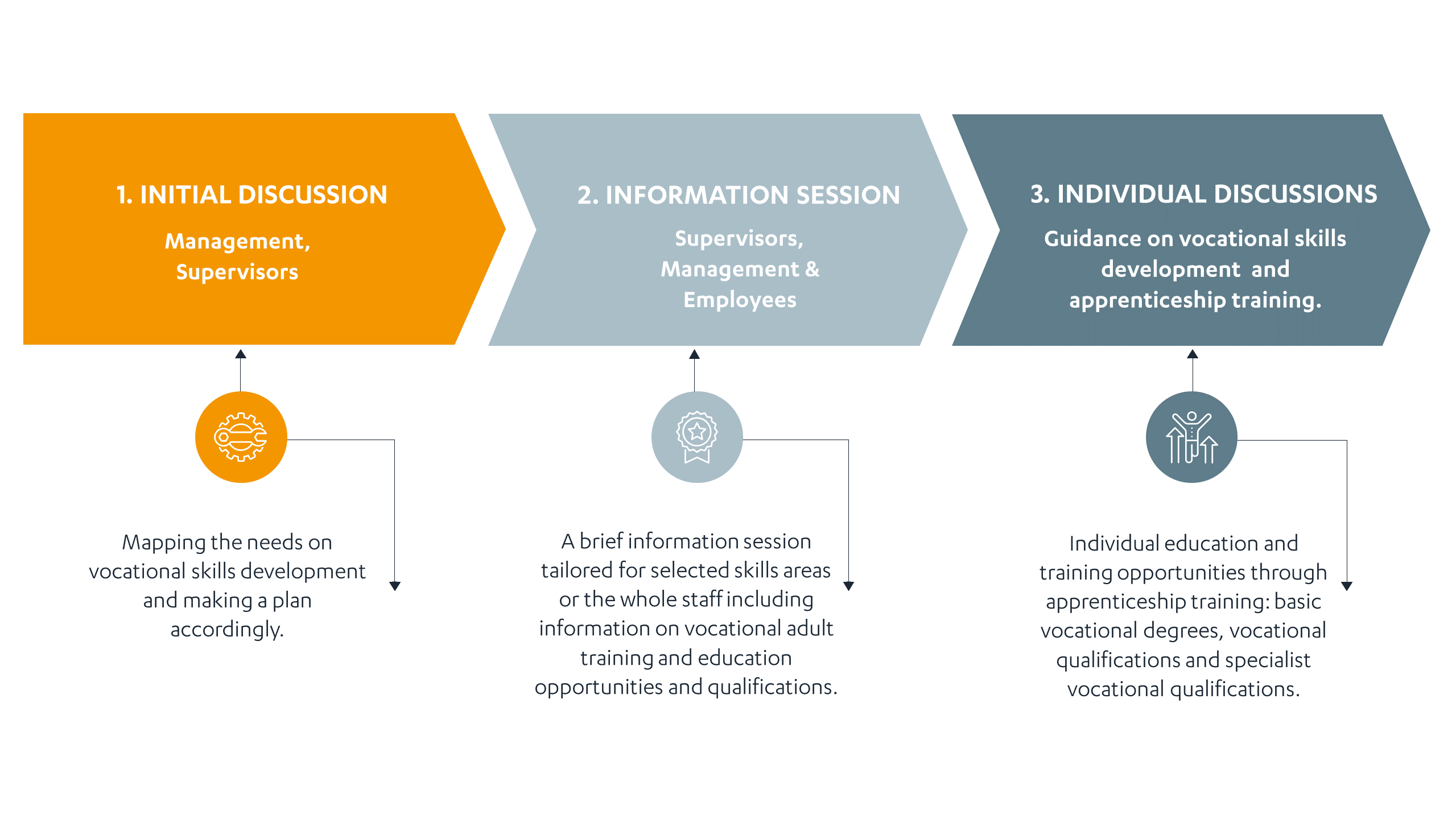
Guidance programs were targeted to SME company personnel. Services were accommodated to each SME’s needs. The participants were mainly low-educated employees and their supervisors. The service included the following phases: 1) An initial discussion with the management where the needs and desires concerning the secondary education were discussed. 2) Information session on education opportunities for the personnel who were interested and/or who were invited to the session by the management. The context of the information sessions was always tailored for the SMEs’ needs. 3) After the information session the individual discussions were held, and learning plans were agreed with those interested in upgrading their competence.
Planning on apprenticeship training started after the information session and one-to-one discussion. The aim of the individual discussion was to make a tailor-made education plan to promote both employee’s personal plans and employer’s goals. The plan was validated by the apprenticeship training agreement signed between the employee and the employer.
The service process was carried out by the Varia´s UIA project specialists who actively had contact with the SMEs’ representatives and employees starting the training for any additional information and inquires.
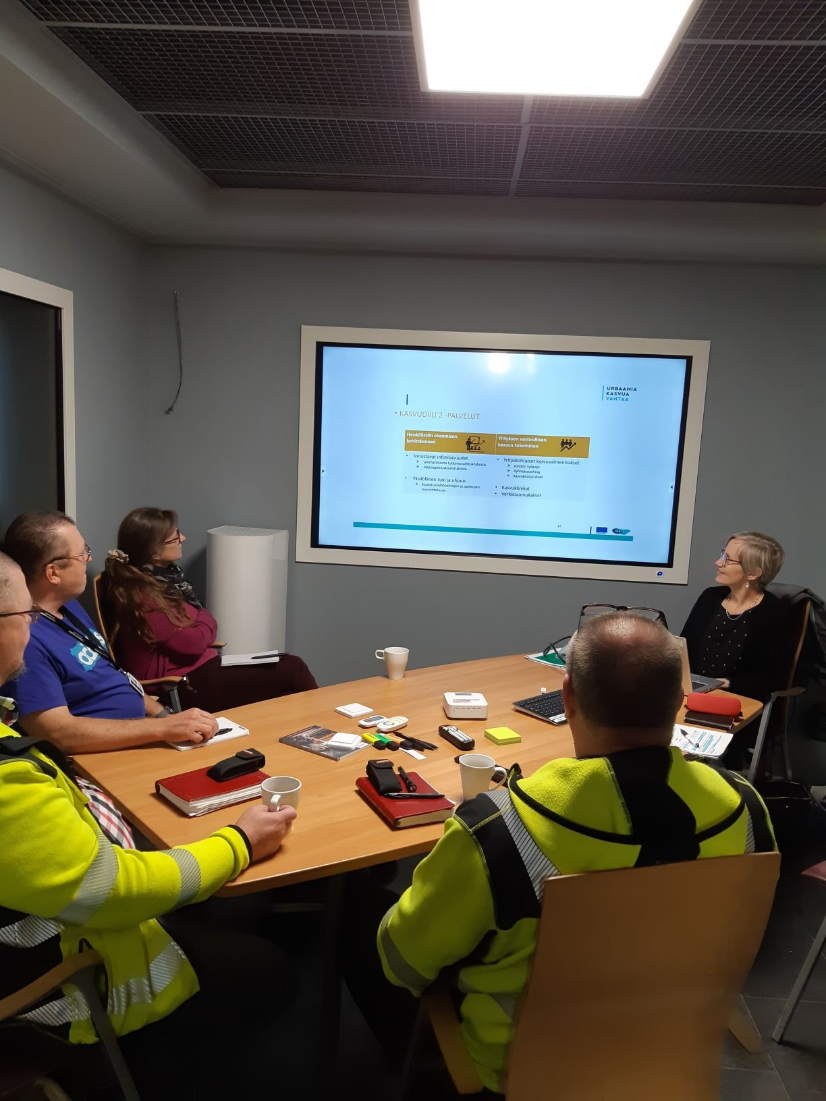
Picture 3: Information session for supervisors and management in one SME
DISCUSSION POINT No. 4: What is your overall perception from the Project implementation so far?
RESPONSE:
Involving companies in vocational competence development services required proactivity by Project experts. Based on lessons learned from the first piloting phase, a team of account managers was selected during the second piloting phase. This ensured active contact with the targeted companies and resulted in the sound identification of companies that had a genuine need for the services offered. Building trust is a prerequisite for longer-term cooperation, and thanks to the account manager system the Project has been successful in ensuring good cooperation with the targeted companies.
Despite the challenge created by the Corona-19 pandemic, Varia’s Project experts managed to develop and test vocational competence development services with partner companies and also pilot-test them in SMEs. All services were agilely transferred to be implemented online, with the exception of three information sessions that were held at the company’s premises. This provided valid experience on alternative ways of providing these services.
We have been fortunate to design and implement the service as part of the Project’s excellent network team, and indeed this co-creation aspect has been of added value.
DISCUSSION POINT No. 5: Have you identified any risk / challenge concerning the design and delivery of training services during the Project implementation? How did you address them?
RESPONSE:
Project preliminary results show that there is need for guidance and information concerning professional competence development. Implementing the guidance program was time consuming and sometimes challenging, as not all companies did not see the value of developing their employees’ competences. The effective implementation of apprenticeship training programs requires not only time but first and foremost commitment from all parties. The process started with committing the management and continued with employee discussions. The companies need time when reflecting the different options and finding time to go through this possibility with the personnel. These are not often easy decisions to make, especially if many persons would like to start the training, but only one or two could participate.
Employees’ lack of basic IT competence is also challenging as lot of work takes place online now. We noticed that low-educated routine orientated employees had more often difficulties with basic IT-skills than employees with higher education. In this respect, registration to trainings via electronic /internet link was difficult to some.
DISCUSSION POINT No. 6: Have you identified any best practice concerning the design and delivery of training services during the Project implementation?
RESPONSE:
Partner companies were involved in the design and testing of the services, which provided valuable insight into the development work. The services were tailored to the needs of SMEs. The initial discussion with the company management facilitated company’s commitment to competence development.
Given that the current Finnish system provides over 160 vocational education and training (VET) qualifications, the starting point for developing the services was to ensure availability of clear and understandable information and easy access to the options available. Feedback surveys conducted confirmed that the services provided were consider valuable by the company representatives. Designing the VET options together with the employer worked well, since the information sessions were tailored with the competence needs of the employees and the company. At its best, the apprenticeship program is very closely linked to work tasks and the program planning is performed together with employee, employer, and other experts.
In this regard, reference should be made to two Project initiatives with strong dimensions of a good practice in the delivery of training services:
a) services offered to the company ‘YPR Yleinen Pohjarakennus Oy’ (Committed activity for the benefit of the company (uia-initiative.eu)
b) services offered to the company ‘Infocare’ (https://www.uia-initiative.eu/en/news/urban-growth-vantaa-creating-guidance-programs-secondary-education.
DISCUSSION POINT No. 7: Do you think in principle that local policy leaders (at the municipality level) in Europe should involve national or municipal training centres (as Varia) in the formulation of local jobs and skills agendas?
RESPONSE:
As a VET organization that belongs to the overall City of Vantaa structure, Varia benefits from the diverse cooperation opportunities within the network of City of Vantaa's business services and employment services. The systematized contacting of businesses and pooling of resources through the Project has resulted in more harmonized services, which has been well received by the companies. We always consider that persistent efforts produce better results and positive customer experiences.
Varia has premises in the Business Development Center Leija which further expands the service network, since the Chamber of Commerce, the Employment and Economic Development Office, the Employer Services Center, the New Business Center and Vantaa Entrepreneurs are also located in the same building.
Cooperation has been smooth between different actors. Combining the expertise and services of different actors to serve the companies in the region can be seen as a competitive factor that can yield better results. This co-operation has been particularly crucial when tackling the impact of Corona-19 on the labour market in the Aviapolis and airport area of Vantaa.
The cooperation with other Project partners will provide a good basis for further strengthening collaboration and for innovating new joint initiatives and in line with Vantaa’s strategies. One such example is the learning campus that is being planned. The City of Vantaa is envisaging to establish a learning campus, a kind of ecosystem that brings Vantaa’s educational and learning institutions and business actors together with the aim of creating enabling conditions for lifelong learning in business context. The learning campus will also support the development of business districts within the City, thus increasing their attractiveness for business actors.
About this resource
The Urban Innovative Actions (UIA) is a European Union initiative that provided funding to urban areas across Europe to test new and unproven solutions to urban challenges. The initiative had a total ERDF budget of €372 million for 2014-2020.
Similar content




